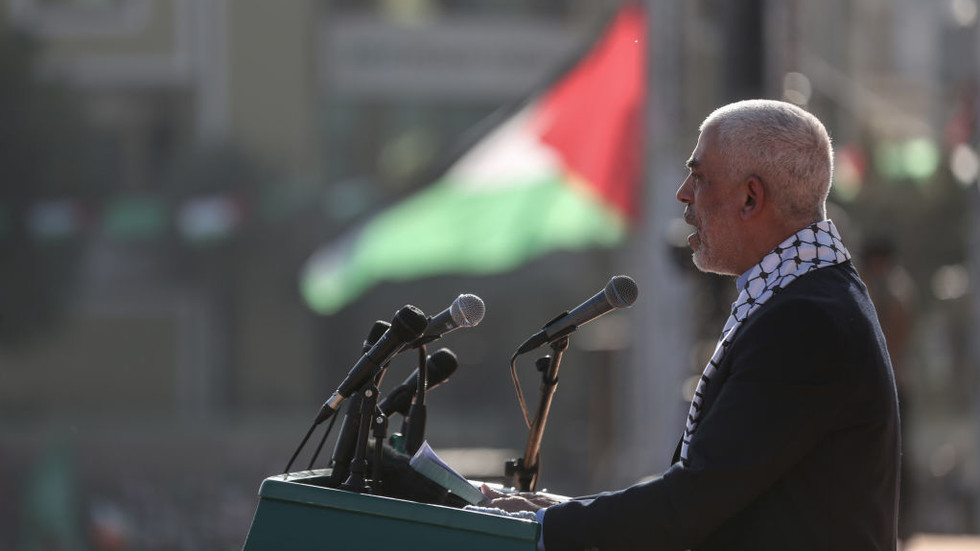Hamas is poised to select a new leader in March, following the recent death of Yahya Sinwar, the group’s former head, who was killed in a confrontation with Israeli forces in Rafah. The militant group has decided to keep the identity of the new leader a secret for security reasons, as an official spokesman announced that a committee of senior members will govern the organization in the interim. This committee will temporarily manage the group’s operations until the new leader is appointed. Sinwar’s death marks a significant leadership vacuum for Hamas, which has faced considerable pressure from Israeli forces in recent months.
Khalil al-Hayya, who currently leads the Hamas delegation in ceasefire discussions with Israel from Qatar, has emerged as a likely contender to succeed Sinwar. Al-Hayya expressed condolences for Sinwar’s death in a video tribute, honoring him as a “holy warrior.” Reports indicate that al-Hayya has already taken on several responsibilities previously held by Sinwar, positioning himself as a frontrunner in the leadership race. His involvement in critical negotiations and established ties within Hamas could bolster his candidacy when the group finally decides on its new leader.
The power dynamics within Hamas have shifted significantly in light of recent events. With notable leaders like Sinwar and the military commander Mohammed Deif recently killed, the group is navigating a fraught political landscape. Sinwar was instrumental in orchestrating the October 7, 2023, attack on Israel, which has been characterized by Israeli officials as one of the most violent incidents in the region’s history. The Israel Defense Forces have intensified their operations against Hamas, with spokesman Daniel Hagari confirming that Sinwar’s elimination was part of a broader strategy to hold leadership accountable for ongoing conflicts with Israel.
Hamas has communicated its commitment to continue its offensive against Israel regardless of leadership changes, maintaining that it will not release approximately 100 hostages held in Gaza until Israel withdraws its forces from the region and frees Palestinian prisoners. The ongoing conflict has far-reaching implications for both Hamas and Israel, with the Israeli leadership, including Prime Minister Benjamin Netanyahu, asserting that military action will persist until a decisive victory is achieved against Hamas forces. Such statements indicate that tensions remain high, and the situation continues to evolve.
The leadership transition within Hamas comes at a sensitive juncture when regional stability hangs in the balance. As the organization prepares for new leadership, the committee overseeing operations will be instrumental in navigating internal and external pressures. The choice of a leader will profoundly affect Hamas’s strategies and responses to Israeli actions, especially given the group’s stated resilience in the face of military challenges. This committee, consisting of key figures like Khaled Meshaal, Zaher Jabarin, and Muhammad Darwish, is expected to maintain continuity of policy while the group undergoes this critical leadership shift.
In summary, the upcoming selection of a new Hamas leader, amidst the backdrop of significant leadership losses, presents a crucial turning point for the group. Khalil al-Hayya’s prominent role in ceasefire talks and his increased responsibilities may position him favorably in the internal hierarchy of Hamas. However, the overarching reality remains defined by the group’s unwavering stance towards Israel and its unwillingness to compromise on hostage issues. The continued conflict underscores the volatility of the region, with both sides committed to pursuing their strategic objectives, leaving the future of the group and the broader Israeli-Palestinian conflict in a state of uncertainty.

